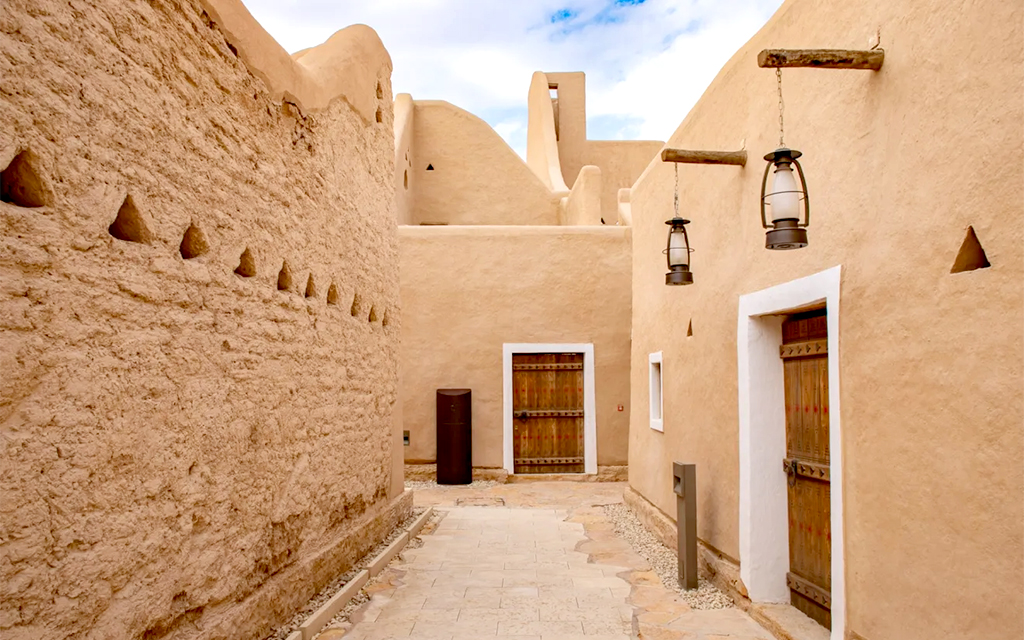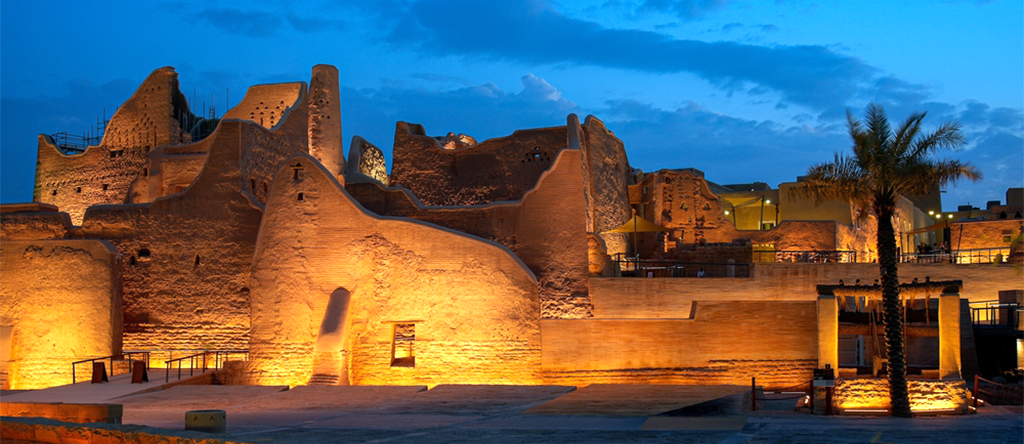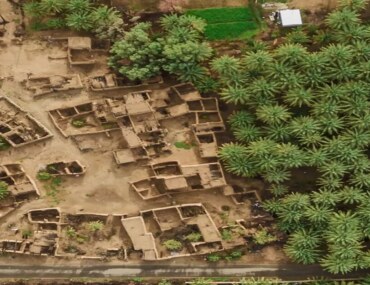It is one thing to remember history; it is another to walk through where it happened. In Diriyah, just outside Riyadh, the At Turaif World Heritage Site tells the story of a nation’s beginning. What started as a small desert settlement rose to become the political heart of the First Saudi State, leaving behind a legacy of culture, identity, and leadership that still resonates today.
Recognized globally and deeply rooted in local pride, Today, the site offers a window into the early chapters of Saudi Arabia, where narrow alleys, open courtyards, and mud-brick palaces still represent the story of a rising nation.
Rooted in History
Not far from the city’s modern pulse, At Turaif is located in Diriyah, northwest of central Riyadh. Its position overlooking Wadi Hanifah made it a strategic stronghold centuries ago, and today, it serves as an ideal cultural destination.
Surrounding the site is the Diriyah Gate Development, a landmark project that blends heritage, tourism, and modern living. As part of Saudi Vision 2030, this transformation supports the Kingdom’s goal of turning cultural assets into accessible destinations for both visitors and residents.
Where the Story Began
Long before Riyadh became the capital, Diriyah held that role. At its center was At Turaif, a fortified district where faith, leadership, and governance came together in the 18th century to lay the foundation of the First Saudi State.
In 2010, its cultural and historical importance was recognized by UNESCO, when UNESCO listed At Turaif as one of just six World Heritage Sites in Saudi Arabia, alongside:
- Al-Hijr (Madain Salih)
- Historic Jeddah
- Al-Ahsa Oasis
- Rock Art in Hail
- Ḥimā Cultural Area

Timeless in Form
Wandering through At Turaif World Heritage Site is like stepping into an open-air museum. Its architecture, built from local mud brick, reflects centuries of adaptation to the harsh desert climate. Thick walls, narrow lanes, and earthy tones all speak to the practicality of traditional Najdi design.
Key features include:
- Salwa Palace (residence of the ruling family)
- Saad bin Saud Palace (known for its defensive structure)
- Traditional mosques and guesthouses
- A bathhouse and connected courtyards
These structures are not just preserved, they are fully restored as part of the At Turaif Living Museum, creating an immersive experience for today’s visitors.
A New Chapter for Old Walls
The effort to restore At Turaif was not a surface-level renovation. Since the early 2000s, under the Diriyah Gate Development Authority, teams have worked to bring each wall and alley back to life using traditional materials and techniques.
Visitors today will find:
- Illuminated night displays using 3,200+ lights
- Informative signage and guided pathways
- Palaces and pathways are open to public tours
- Active cultural programming
Note: Most public areas of At Turaif follow standard museum hours, typically 10:00 AM to 11:00 PM. Entry may vary during events or holidays, so visitors are encouraged to check in advance.
Around the Site
Living near a UNESCO site is not just about prestige; it is about balance. Areas around Diriyah are quickly becoming attractive for families and investors alike.
Why consider it?
- Proximity to cultural landmarks like At Turaif
- Ongoing development under the Diriyah Gate Development project
- Access to schools, dining, and green spaces
- A calm setting near the capital’s main routes
Not Just for Tourists
What makes At Turaif in Riyadh remarkable is that it continues to serve a purpose. It is now a centerpiece in the Kingdom’s broader cultural revival under Vision 2030, hosting community events, heritage exhibitions, and educational programs.
Its value stretches beyond tourism. For those living nearby, it offers a sense of place, a connection to identity that goes beyond architecture.
Discover Homes with Bayut-KSA
Properties near At Turaif offer modern comfort in a setting rich with history and identity. Bayut-KSA connects you to homes that match your lifestyle from historic districts like Diriyah to modern communities across Riyadh.
Follow Bayut-KSA for more area insights across the Kingdom.





